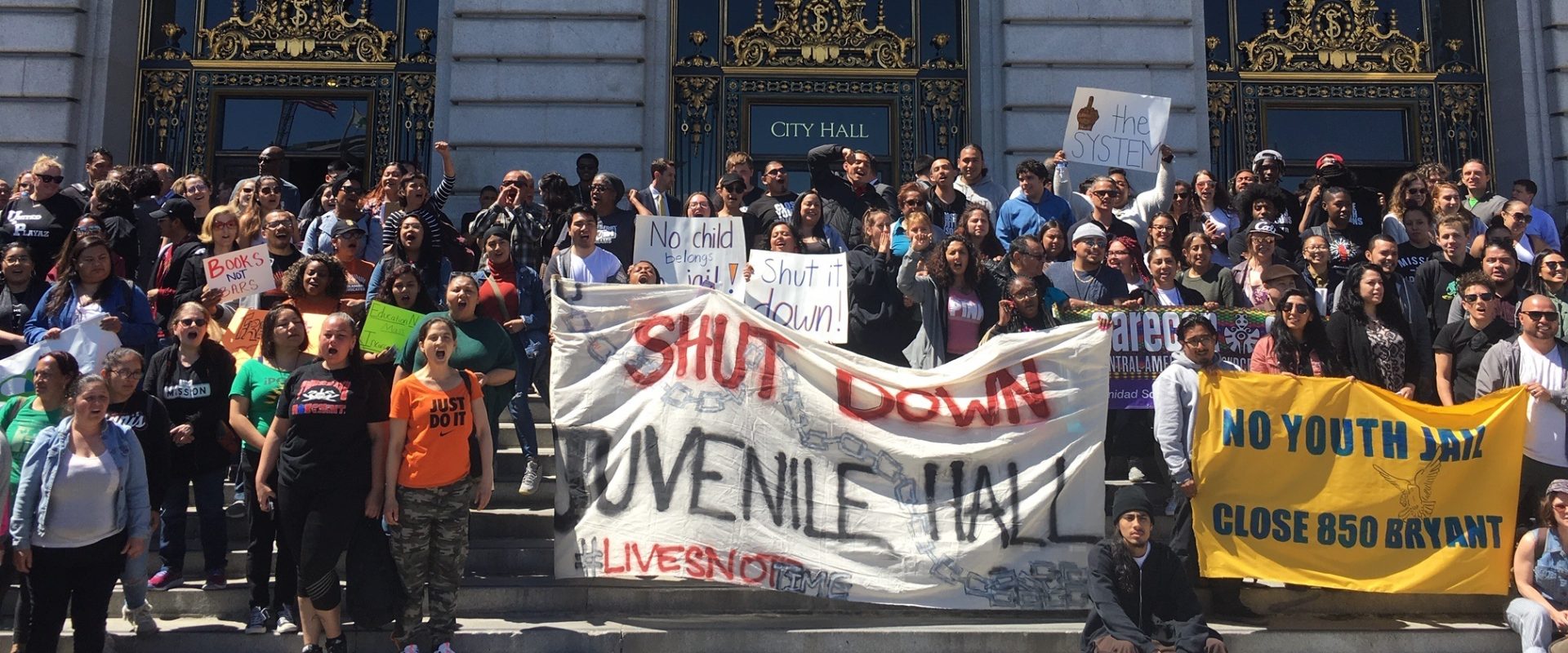Aug 17, 2012
Report: LA among counties sending more to prison
Report: LA among counties sending more to prison KPCC Radio, August 17, 2012
Federal officials with anti-violence forum see big changes in Salinas Monterey County Herald, August 15, 2012
Blog Aug 16, 2012
Media coverage focuses on sentencing disparities
Media outlets across the state are posing hard questions about county sentencing practices. CJCJ’s recently launched the California Sentencing Institute , an interactive map that highlights the disparities in sentencing across California’s 58 counties. The map allows researchers, legislators, and the general public to examine the cost to taxpayers for each county’s incarceration rate, as well as correlations to ethnicity and county poverty levels. A recent KQED News investigation using the…
Aug 16, 2012
Why a Curfew in Oakland Is Still a Bad Idea
Why a Curfew in Oakland Is Still a Bad Idea East Bay Express, August 16, 2012
Blog Aug 14, 2012
San Francisco data collection needs upgrade
An article in the Bay Citizen today sheds much needed light on the importance and lack of accurate data collection in San Francisco. In particular, the article notes the San Francisco Police Department (SFPD) underreports the arrests of Latino and Asian residents (the city’s two largest minority groups) by misclassifying them at “white” or “other.” These inaccuracies have significant repercussions that effect not only law enforcement, but policymakers, and local residents. For example in…
